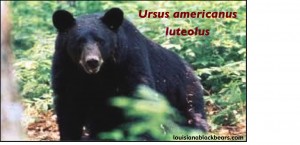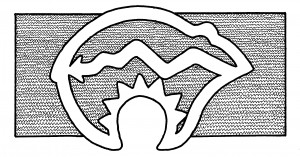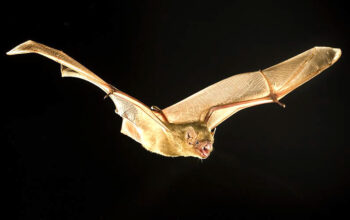Louisiana’s Endangered State Mammal

The Louisiana Black Bear is one of the 16 recognized subspecies of the American Black Bear, U. americanus. A longer, more narrow, flat skull and proportionally larger molars are what separates this state mammal from other black bears. They are large, bulky animals; adult males can weigh anywhere from 300 to 600 pounds, females may range from 120 to over 180 pounds. The black bear is a largely herbivorous omnivore that exploit a variety of foods, including insects. They are opportunistic feeders, eating almost anything readily available. Males may range over 100 square miles in search of food, refuge, den sites, and mates. Females breed at three or four years of age, giving birth in late January to early February, often while still in a hibernation-like state. Litter sizes range between one to four cubs.
The Louisiana Black Bear was formerly listed as a threatened species by the U.S. Fish and Wildlife Services in February of 1992, the same year it was pronounced the Louisiana State Mammal. The decrease in population is thought to be due to both diminishing habitat and conflicts between bear and man. A Black Bear Recovery Plan was introduced in 1995, and the first Black Bear Habitat Conservation Planning Maps for Louisiana were adopted for use in 2000. The map was recently updated in Spring of 2011, and over 831,000 acres have been enrolled in the NRCS Wetland Reserve Program for bear habitat restoration priority areas of Louisiana and Mississippi. With these efforts, their population is on the rise and the bears are beginning to make a comeback!
 Most Native American tribes consider the bear to be a sacred animal. The bear symbolizes courage, strength, protection and life.
Most Native American tribes consider the bear to be a sacred animal. The bear symbolizes courage, strength, protection and life.



